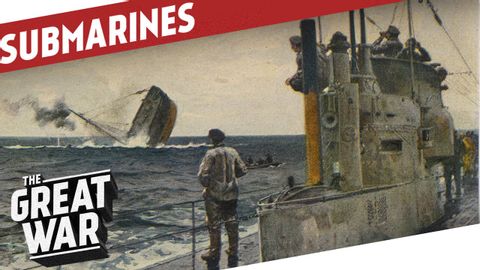
Subtitles & vocabulary
The Invention And Development of Submarines I THE GREAT WAR Special
00
happy posted on 2016/09/07Save
Video vocabulary
episode
US /ˈɛpɪˌsod/
・
UK /'epɪsəʊd/
- Noun
- One separate event in a series of events
- Show which is part of a larger story
B1TOEIC
More time
US /taɪm/
・
UK /taɪm/
- Uncountable Noun
- Speed at which music is played; tempo
- Point as shown on a clock, e.g. 3 p.m
- Transitive Verb
- To check speed at which music is performed
- To choose a specific moment to do something
A1TOEIC
More general
US /ˈdʒɛnərəl/
・
UK /'dʒenrəl/
- Adjective
- Widespread, normal or usual
- Not detailed or specific; vague.
- Countable Noun
- Top ranked officer in the army
A1TOEIC
More wonder
US /ˈwʌndɚ/
・
UK /'wʌndə(r)/
- Uncountable Noun
- Surprise caused by experiencing something amazing
- Intransitive Verb
- To feel curious about something
A1
More Use Energy
Unlock All Vocabulary
Unlock pronunciation, explanations, and filters
